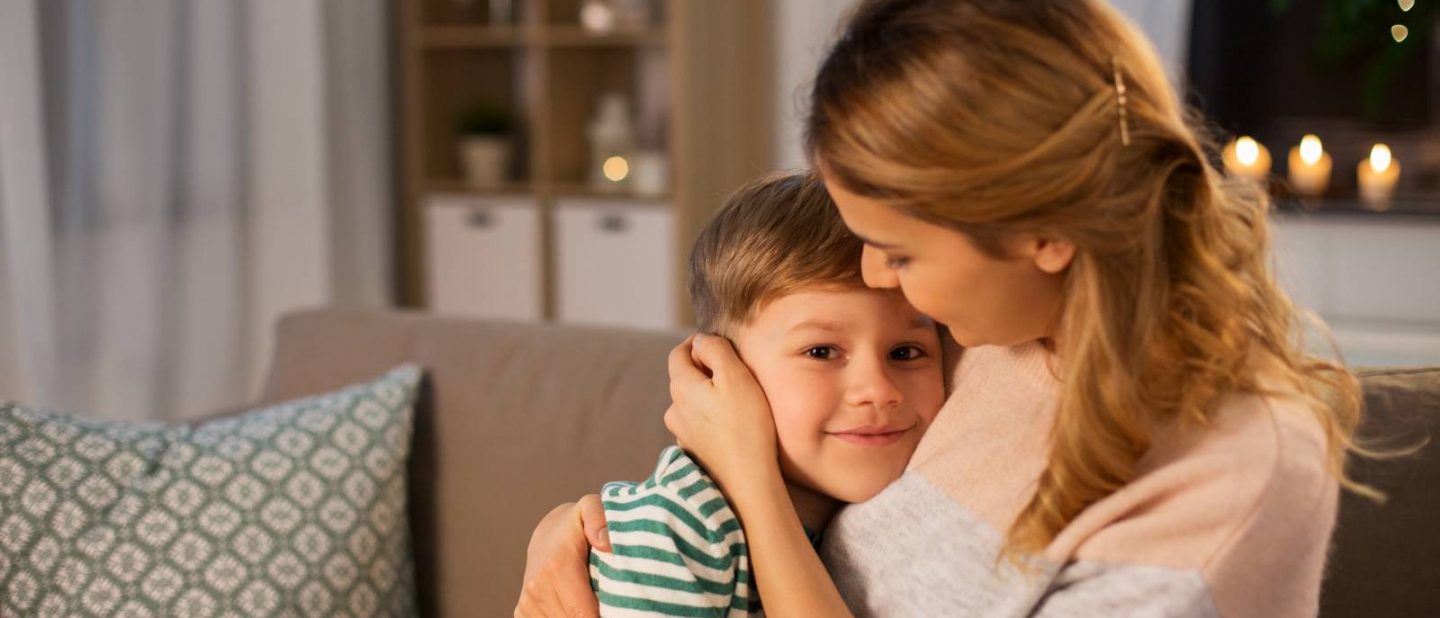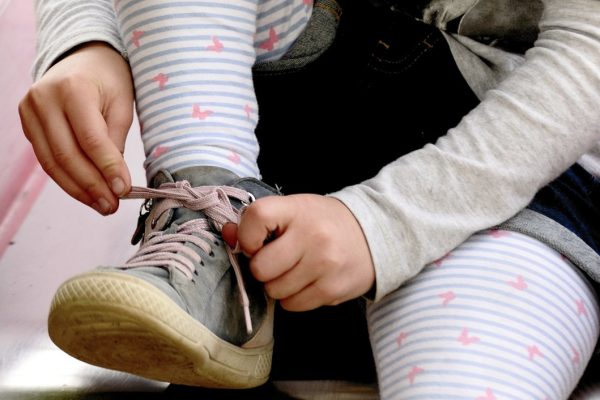
Talking to your child about the coronavirus outbreak
As the coronavirus continues to spread across parts of the country the uncertainty around the situation we’re all in, the enforced isolation for many, and changes to routine (again) can be difficult for our children to understand and can amplify fears in already anxious children.
There are some tools to help your child understand what’s happening such as chatboards, easy-read guides and videos which we’ve listed in our resources guide here; but it’s also important to consider how you discuss what’s happening with your child. The following tips may help guide your conversations:
If they are verbal and it’s developmentally appropriate, find out where your child is at and what their level of understanding is. Ask open ended questions and let them lead any discussion you may have.
Find the right time to chat and don’t force conversations. If and when your child is ready, make sure you’re able to give them your full attention. If you’re busy working, let them know that you can’t listen right now and why but give them a time you can sit down with them and make sure you follow through.
News media can be frightening for children so you should limit their exposure as much as possible. If they have been frightened by news try to find out what it has made them think and reassure them with honest simple facts.
Keep the information you provide age or development level appropriate, explaining about viruses may not be right for some kids; instead explaining about keeping clean to stay healthy may make more sense.
Social stories are a great way to facilitate conversations about new concepts with your child. Masks, temperature taking and hygiene are all topics that could be covered to help your child understand these new things they may be seeing out and about in the community or having to wear or experience themselves.
When it comes to explaining physical distancing and self- isolation in a way your child understands. Raising Children Network – https://raisingchildren.net.au/ has some really useful ideas. Their guide says:
This is about sticking to the facts, focusing on the positives, reassuring your child that this situation won’t last forever, and explaining what your family can do to help. For example:
- – COVID-19 is a virus that makes people sick, a bit like when you get a nasty cold. It gets in your spit and snot, so it spreads easily if you sneeze or cough.
- – Physical distancing means staying at home as much as we can. We can go out for a walk, if we stay a long way from other people – as far as the length of your bed.
- – The good thing is that staying at home is a chance for us to spend more time together when we’re not doing our paid work or schoolwork. When we finish our work, we can go for a bike ride or a long walk together.
- – We don’t know how long things will be like this. But it won’t be forever – we promise!
- – If we stay at home and wash our hands all the time, we can protect ourselves. We’ll also be helping to stop the virus from getting to people who might get very sick.
Don’t dismiss what your child is feeling by telling them not to worry. Validate what they are feeling and redirect and emphasise the things you can do together such as practicing good hygiene, helping others such as elderly neighbours by shopping for them, keeping connections with people through social media, letters and email etc.
As you provide reassurance remember the Fred Rogers quote about ‘Looking for the helpers’ – let your child know that there are people working hard all around the world to help us all.
Try not to entertain ‘what ifs’ when they come up, focus on the now and what is happening around you.
If your child is struggling with the changes in routine, creating new or updating your routine charts for your new daily schedule will help bring some structure and order to days that are suddenly different. Also, emphasise the things that are staying the same in your lives – getting dressed, your mealtimes, watching your favourite TV shows, brushing your teeth etc.
For the things that you’re no longer able to do, provide examples of alternatives that you can do instead. For example, ‘we can’t go to the park, but we can play in the back yard.
If you’re unable to see elderly relatives that your child is used to seeing, set up regular video chats so they can keep in touch and see that they’re ok.







